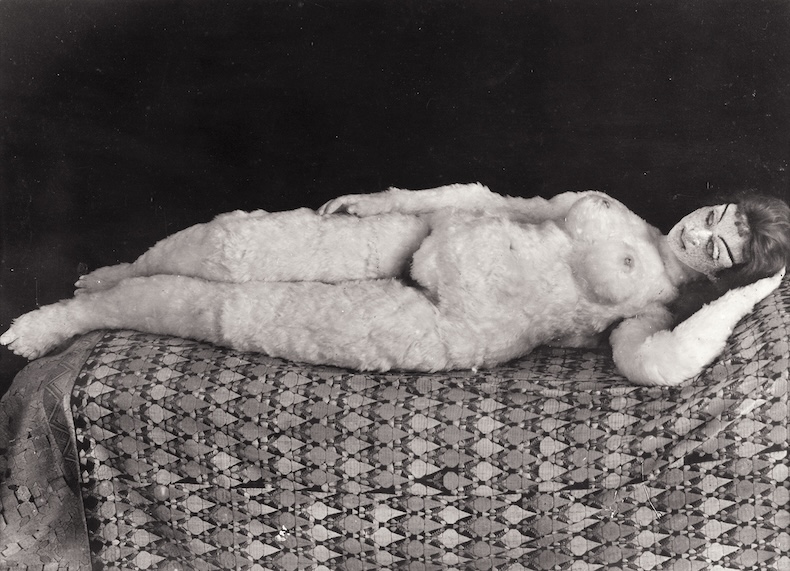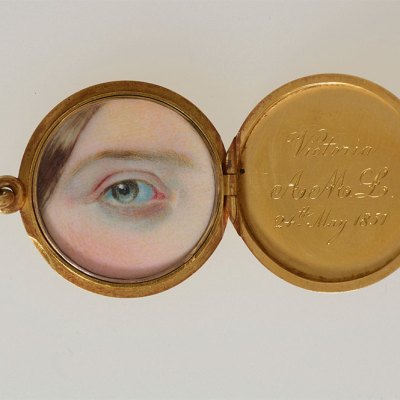Rakewell keeps a keen eye on developments in artificial intelligence, and notes with some concern the rising number of people becoming infatuated with chatbots. But your roving correspondent is sending the warmest of wishes to the Netherlands-based artist Alicia Framis, who, next Saturday, is blurring the boundaries between species by marrying an interactive hologram named Ailex.
It’s set to be a glamorous affair: Framis’s dress, which is purple and ‘especially equipped with solar panels’, has been designed by Jan Taminiau, couturier to Dutch royalty, and the ceremony will take place at the Depot of the Museum Boijmans Van Beuningen. The Depot is a fitting venue: its design was inspired by a bowl from IKEA, a frequent haunt of married couples.
Ailex seems a step up from Framis’s previous paramour, Pierre, a mannequin she lived with for a month in 1996. Presumably she found that relationship a little one-sided: Ailex, by comparison, is a model of loquacity, erudition and good will. His kind ‘are intelligent, they can talk about any subject or even help you with your finances,’ Framis said earlier this year.
This has prompted Rakewell to recall other artists who have been drawn to non-human entities. Tracey Emin took her artistic preoccupation with intimacy and relationships to a whole new level when she wedded a rock in 2016, describing her new significant other as ‘an anchor, something I can identify with’. A century earlier, at the somewhat creepier end of the scale, Oskar Kokoschka dealt with being dumped by Alma Mahler by commissioning a life-size doll resembling his former lover, instructing the doll-maker, Hermine Moos: ‘For the first layer (inside) please use fine, curly horsehair; you must buy an old sofa or something similar; have the horsehair disinfected.’ Who said romance was dead?
Oskar Kokoschka’s Alma doll posing as Venus (1919). Photo: Fine Art Images/Heritage Images/Getty Images

Major cultural sites have also made for high-profile husbands. The Eiffel Tower and the Berlin Wall are both married to women – Erika Eiffel and Eija-Riitta Eklöff-Berliner-Mauer both took their inanimate partner’s name – though whether the monuments practise monogamy is a question they are unable to answer.
Rakewell considers himself the romantic type, but AI seems to have other ideas. When Rakewell asked ChatGPT whether your correspondent might make a good spouse, the chatbot acknowledged Rakewell’s ‘sharp wit, intelligence, curiosity and appreciation for beauty’, but sounded an unwelcome note of warning. ‘Rakewell’s satirical nature and focus on observing others from a distance may suggest a lack of emotional depth or commitment, which could be challenging in a long-term relationship,’ it said casually, even cruelly. ‘Rakewell might be too restless, always chasing the next art-world scoop or witty quip rather than settling down.’
Your correspondent is sufficiently stung to be reminded of the words of Groucho Marx. Marriage is a wonderful institution – but who wants to live in an institution? Rakewell wishes Ms. Framis the best of luck.




